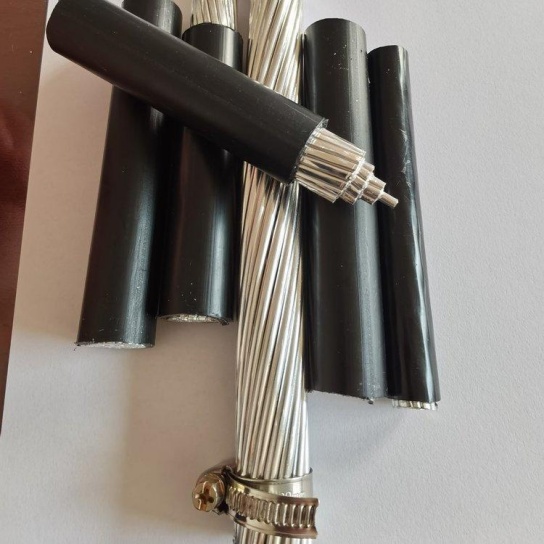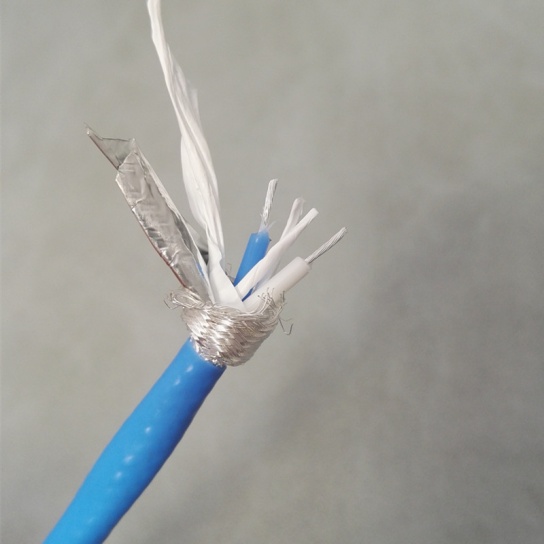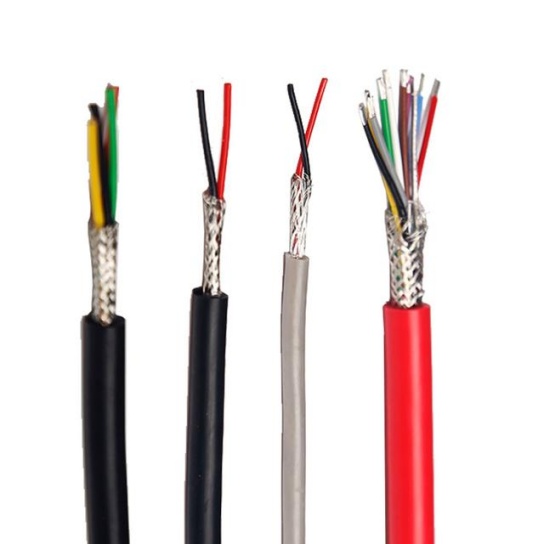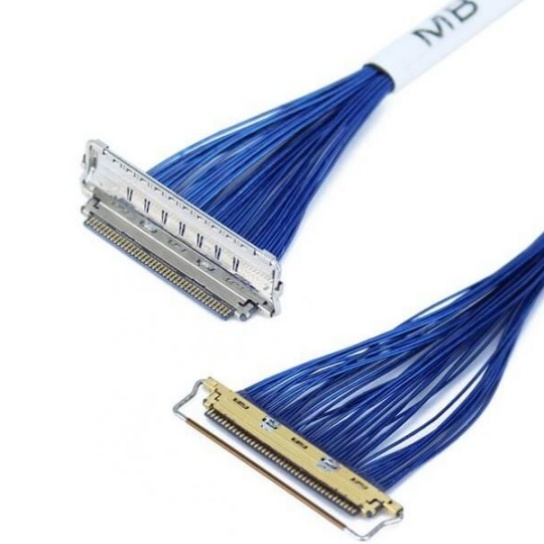Aircraft Cable Assemblies: Trends in Miniaturization
The global aerospace industry’s pursuit of fuel efficiency, electrification, and compact system design has propelled miniaturization of aircraft cable assemblies from a niche requirement to a mainstream priority. Unlike traditional cable systems—characterized by bulky conductors, thick insulation, and rigid layouts—modern miniaturized assemblies balance reduced size/weight with uncompromised performance, addressing critical pain points in commercial aviation, military aircraft, and emerging eVTOL (electric Vertical Take-Off and Landing) vehicles. Below is a breakdown of the trend’s drivers, technical advancements, challenges, and real-world applications.
1. Core Drivers of Miniaturization
Miniaturization is not merely a design choice but a response to urgent industry needs:
- Fuel Efficiency and Emissions Reduction: Every 1kg reduction in aircraft weight cuts annual fuel consumption by approximately 0.5 liters (per Airbus data). Miniaturized cables—with conductor gauges as small as 32 AWG (American Wire Gauge) and thinner insulation—reduce overall wiring weight by 20–35% compared to legacy systems, directly lowering operational costs and carbon footprints.
- Integration of Advanced Electronics: Modern aircraft rely on complex avionics (e.g., fly-by-wire systems, in-flight entertainment, sensor networks) and electrified components (e.g., electric brakes, hybrid propulsion). Miniaturized cables free up space for these systems, eliminating the need for larger airframes or compromised component placement.
- Space Constraints in Next-Gen Platforms: eVTOLs and small military drones have extremely limited wiring cavities. Miniaturized assemblies—such as flat ribbon cables or coaxial micro-cables—fit into tight spaces (e.g., between fuselage panels or within engine nacelles) without sacrificing signal or power transmission.
2. Key Technical Trends Shaping Miniaturization
Advancements in materials, design, and manufacturing have made ultra-compact cable assemblies viable:
- High-Performance Material Innovations:
- Conductors: Micro-drawn copper or copper-alloy conductors (with silver plating for corrosion resistance) enable smaller gauges while maintaining current-carrying capacity. For example, 30 AWG 镀银铜导体 (silver-plated copper conductors) can handle 1.5A—sufficient for most avionics sensors—while being 40% thinner than 26 AWG alternatives.
- Insulation: Lightweight, heat-resistant polymers (e.g., PTFE, PEEK, or ETFE) replace traditional PVC or rubber. PEEK insulation, for instance, offers thermal stability up to 260°C (critical for engine-area wiring) and is 30% thinner than standard fluoropolymer insulations.
- Design Optimization:
- Integrated Assemblies: Combining power, signal, and data cables into a single “hybrid” assembly (e.g., a coaxial cable with embedded power wires) reduces bundle size by 50% and simplifies installation.
- Flexible Architectures: Miniaturized cables with stranded conductors (instead of solid cores) offer enhanced flexibility, allowing routing around tight bends without fatigue or signal loss—essential for movable components like landing gear or control surfaces.
- Precision Manufacturing Technologies:
- Laser Stripping: Replaces mechanical stripping to remove insulation from micro-cables without damaging delicate conductors, ensuring consistent performance in high-reliability applications.
- Automated Crimping and Termination: Robotic systems with micron-level precision attach miniaturized connectors (e.g., Micro-D or Nano-D connectors) to cables, reducing human error and ensuring uniform contact pressure—critical for preventing signal degradation.
3. Addressing Practical Challenges
Miniaturization does not come without tradeoffs; industry leaders have developed solutions to key hurdles:
- Signal Integrity: Smaller conductors and tighter bundling increase crosstalk (signal interference) between cables. Mitigations include shielded micro-coaxial cables (with braided or foil shields) and twisted-pair designs, which reduce electromagnetic interference (EMI) by 60–80% compared to unshielded alternatives.
- Mechanical Durability: Thinner insulation is more prone to abrasion or damage during installation. Manufacturers now use reinforced insulation (e.g., PTFE with a fiberglass jacket) and conduct rigorous flex-life testing (up to 10,000 cycles) to ensure compliance with aerospace standards (e.g., SAE AS4074).
- Thermal Management: Reduced conductor size increases resistance, leading to higher heat generation. Solutions include using high-conductivity alloys (e.g., copper-clad aluminum) and integrating micro-cooling channels in cable bundles for high-power applications (e.g., electric propulsion systems).
4. Application Impact Across Aerospace Sectors
- Commercial Aviation: Boeing’s 787 and Airbus’s A350 already use miniaturized cable assemblies in avionics bays, reducing wiring weight by 25% and improving fuel efficiency by 1–2%.
- Military Aircraft: Stealth fighters (e.g., F-35) rely on miniaturized shielded cables to minimize radar cross-section and fit within compact avionics pods, while maintaining resistance to extreme temperatures (-55°C to 150°C).
- eVTOLs: Companies like Joby Aviation and Archer use micro-cable assemblies to power electric motors and connect flight controllers, enabling the compact, lightweight design required for urban air mobility.
Concluding: The Future of Miniaturization
As aerospace electrification accelerates and aircraft designs become more compact, miniaturization will evolve further—with trends like “nano-cable assemblies” (18–24 AWG) and AI-driven cable routing optimization on the horizon. For manufacturers and operators, partnering with suppliers that master these technologies is critical to staying competitive.
FRS, a leading factory specializing in aerospace cable assemblies, is at the forefront of this trend. With expertise in high-performance materials (PTFE, 镀银铜), precision manufacturing (laser stripping, automated termination), and compliance with SAE AS4074 and MIL-DTL-24643 standards, FRS delivers custom miniaturized solutions tailored to commercial, military, and eVTOL needs. Whether you require weight-reduced avionics cables or space-saving eVTOL wiring, FRS combines technical innovation and rigorous quality control to ensure reliable performance in the most demanding aerospace environments.






